Breeds of Broilers: Best Chickens for Meat and Eggs
Discover the various breeds of broiler chickens and choose the best chickens for meat and eggs. Browse our selection and start raising tasty birds!
In this blog post we will embark on a delightful journey into the world of broiler chicken breeds. From the well-known Cornish Cross to the unique Dorking, we’ll explore the characteristics, pros, and cons of each breed. By the end of this post, you’ll be well-equipped to choose the perfect breed for your homestead or backyard coop. So, let’s dive in!

The Importance of Raising Meat Birds
In today’s fast-paced world, the origin of our food often remains a mystery. However, raising meat birds at home offers a refreshing solution to this dilemma. It’s not merely about enjoying the taste of fresh chicken; it’s about a deeper connection to our food sources.
When you raise meat birds, you’re not just providing for your family; you’re taking a stand. You’re choosing to have a direct hand in the quality and source of the food that graces your dinner table. This act empowers you with knowledge and control, ensuring that the meat you consume is not only fresh but also healthy.
Why chickens, you might ask? Well, these feathered creatures are among the simplest animals to nurture for meat. Their ease of care, combined with their rapid growth, makes them an ideal choice for both seasoned and novice homesteaders. By choosing to raise chickens, you’re opting for a sustainable and transparent food source.
overall, raising meat birds transcends the act of merely producing food. It’s a journey of understanding, responsibility, and empowerment. By taking this step, you’re not only ensuring a healthier meal for your family but also fostering a deeper appreciation for the food we consume. Embrace the practice, and savor the difference of home-raised poultry.
“Raising meat birds is an excellent way to take control of the food that ends up on your family’s table.” – The Fewell Homestead
Getting Ready for Your Meat Chickens
Embarking on the journey of raising meat chickens is both exciting and rewarding. However, before you immerse yourself in this venture, it’s essential to be well-prepared. From housing to feed, there are several factors to consider to ensure the well-being of your flock. In this blog post, we’ll delve into the key aspects you need to think about before welcoming your meat chickens.
Housing & Shelter: Finding the Perfect Home for Your Chickens
The first and foremost consideration is where your chickens will live. The type of housing you opt for largely depends on the space you have available and your specific needs. Here are a couple of options:
- Free-range setups with run-in shelters: This is an ideal choice if you have ample space. It allows your chickens to roam freely, ensuring they get enough exercise and natural sunlight. The run-in shelters provide a safe haven for them to retreat to during inclement weather or when they feel threatened.
- Stationary coops: For those with limited space or who prefer a more controlled environment for their chickens, stationary coops are the way to go. They offer protection from predators and the elements, ensuring your flock remains safe and healthy.
Feed: What’s on the Menu?
The diet you provide your chickens plays a pivotal role in their growth and health. You can choose from:
- Foraging: Letting your chickens forage is a natural way for them to obtain nutrients. They’ll hunt for insects, worms, and other delicacies in the ground.
- Commercial feed: This is a balanced diet specifically designed for meat chickens. It ensures they get all the essential nutrients they need.
- A mix of both: Many farmers opt for a combination of foraging and commercial feed to ensure their chickens get a varied and balanced diet.
Water Source: The Lifeline of Your Flock
Water is crucial for the survival and well-being of your chickens. Ensure you have a continuous and clean water supply. Whether you use traditional waterers or automatic systems, it’s essential to check them daily to ensure they’re functioning correctly and the water is clean.
Dispatching Supplies: Being Prepared for Processing Day
Raising meat chickens means there will come a day when you need to process them. It’s essential to be prepared with the right tools and equipment. This not only ensures the process is efficient but also humane. Research and invest in quality dispatching supplies to make the process smoother.
Breed-Specific Needs: Catering to Unique Requirements
It’s essential to remember that not all meat chickens are the same. Some broilers breeds have specific dietary and care requirements. Before you decide on a breed, research its needs thoroughly. This will ensure you can provide the best care possible, leading to healthier and happier chickens.
Raising meat chickens is a fulfilling endeavor, but like all farming activities, it requires preparation and knowledge. By considering the factors mentioned above, you’ll be well on your way to creating a thriving environment for your flock.
Choosing the Best Chickens for Meat and Eggs
When selecting meat chickens, it’s essential to consider factors like size, taste, egg production, temperament, growth rates, and whether you prefer commercial or heritage breeds.
Here’s a breakdown of some of the best meat chicken breeds:
Cornish Cross Chickens:
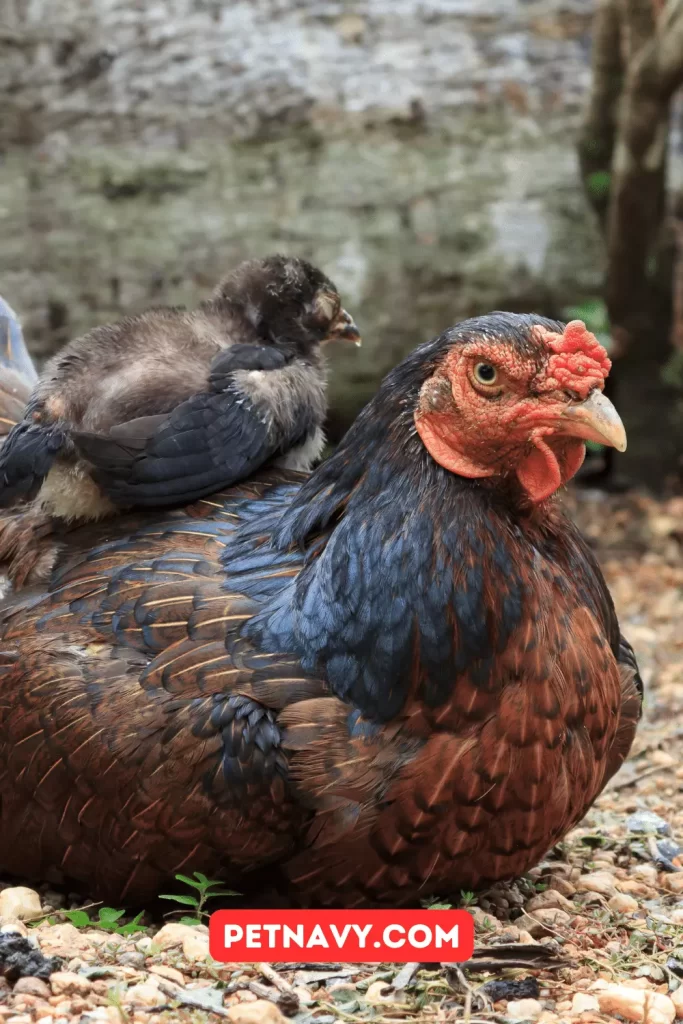
Cornish Cross chickens dominate the broiler market, often being the meat you buy at the store. A hybrid of Cornish and White Plymouth Rock breeds, they’re primarily meat producers, ready for harvest by 8-10 weeks.
However, they’re not ideal for breeding due to their size at maturity, often resulting in infertile eggs. Their rapid growth can lead to health issues, but a pasture-ranged setting can boost their well-being.
If you’re considering raising them, ensure they’re in an enclosed pasture; they’re not agile enough for free-ranging. With an average mature weight of 9-12 lbs, they offer quick profits but come with health and sustainability challenges.
Big Red Broilers:

The Big Red Broilers, a better variant of the Red Rangers and a respectable substitute for Cornish Cross chickens, are offered by McMurray Hatchery. These birds excel on pasture and are skilled foragers, which lowers the cost of feed.
They produce brown eggs; however, because of reproductive problems and a lack of broodiness, they aren’t the best breeders. They weigh between 7 and 10 pounds when they reach maturity at 12 weeks, with the processed weight changing by gender.
Their benefits include effective foraging, quick development, a plentiful meat supply with no health risks, and a delicious taste. They do, however, mature a little more slowly than Cornish X and show different growth rates for the sexes.
Bresse Chickens:
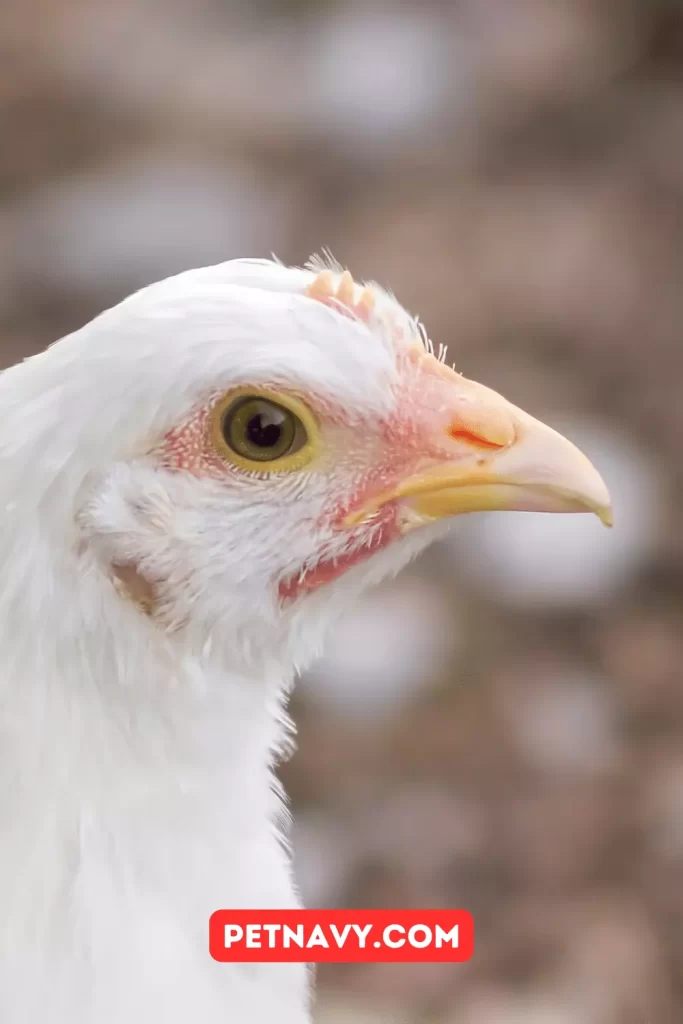
The Bresse chicken, which hails from the Bresse region of France, is currently sold in American hatcheries. These heritage birds lay about 4-5 eggs per week and are easily recognised by their huge red single comb and blue legs.
They weigh between 5-7 pounds when mature at 16 weeks, with a processed weight of 3-6 lbs. They have a sociable disposition and active foraging activities, and their meat is renowned for its delectable marbling.
They do, however, develop more slowly and necessitate a specific diet in order to taste truly French Bresse. Their particular attractiveness is enhanced by their rarity in the US.
Turkens: The Unique Naked Neck Chickens
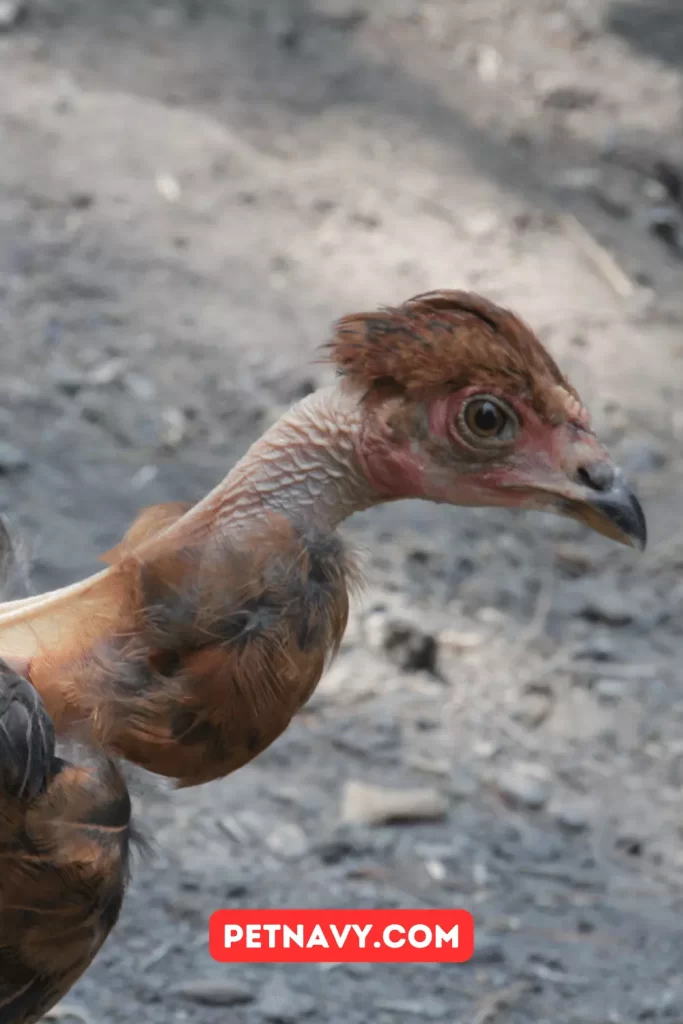
Turkens, also known as Naked Neck chickens, are a distinctive breed with featherless necks and bottoms that are frequently mistaken for a turkey-chicken hybrid. They appear sparse, but they can survive in harsh environments.
However, in extremely cold weather, its big, solitary comb can be prone to frostbite. They weigh 6 to 8 lbs when they reach adulthood at 20 weeks. Their benefits include resistance to cold weather, prolific egg production, adaptability as producers of both meat and eggs, simplicity in processing due to fewer feathers, effective foraging, and a calm disposition.
On the negative side, some people may take into account their slower maturation rate, unusual look, and unwillingness to care for their chicks.
Kosher King: The Fast-Growing Hybrid
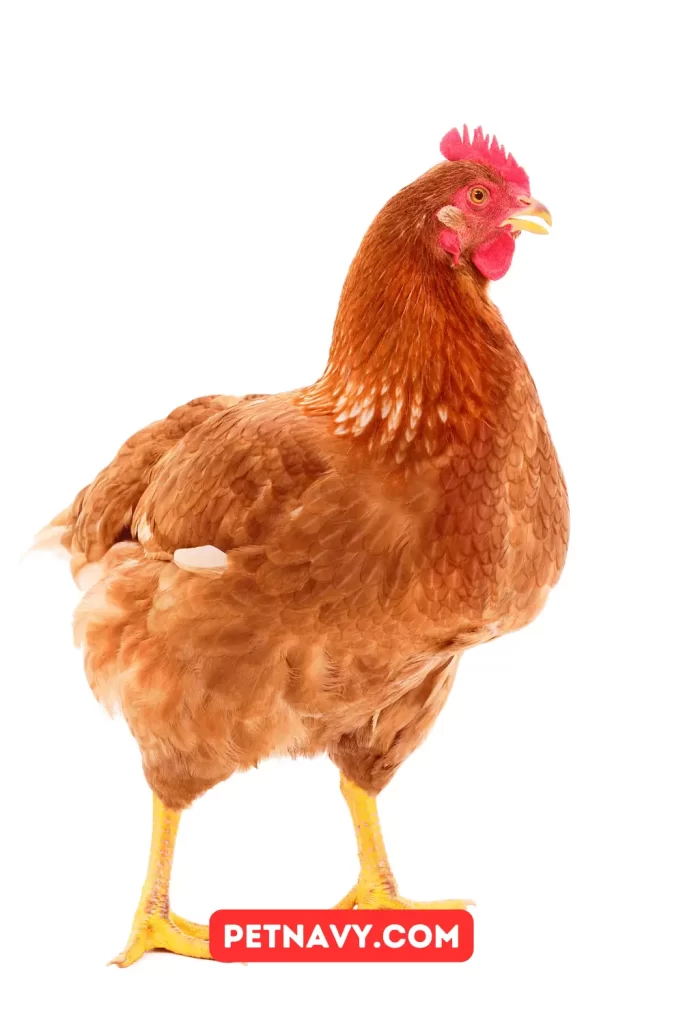
The Kosher King, a hybrid meat bird that combines the best historical breeds, is now available. It grows at an amazing rate that is almost as fast as the Cornish Cross, but it provides more organic development. These birds mature in just 12 weeks and weigh between 5-7 lbs on average.
Outstanding foraging abilities and a rapid growth trajectory are some of their distinguishing characteristics. The Kosher King may be your top choice if you’re looking for a breed of chicken that combines the quick growth of commercial breeds with the traits of heritage ones.
Dark Cornish: England’s Dual-Purpose Gem
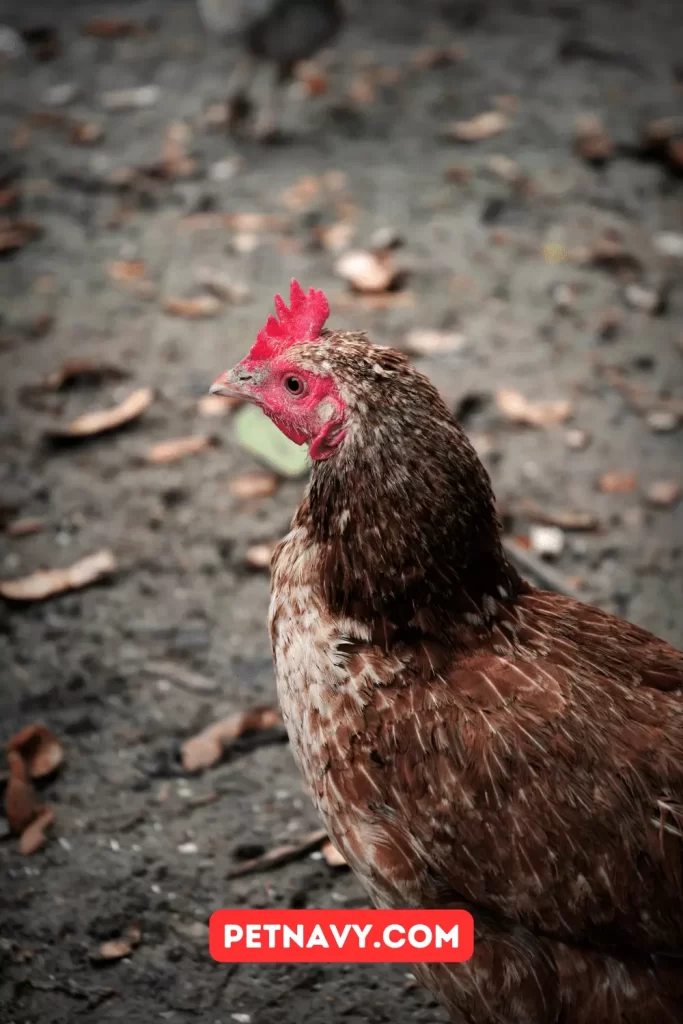
The strikingly black-feathered Dark Cornish is an English bird. It performs both functions of producing meat and eggs as a dual-purpose breed.
These birds mature at 22 weeks and weigh 8–10 pounds, which is a large amount. Their amazing mature weight and wide breasts make them a favourite among fans of poultry. They are excellent egg layers as well.
Potential keepers should be conscious of these limitations, though. The Dark Cornish is renowned for its unfriendly nature. They also grow more slowly than some other breeds, which calls for patience.
Ginger Broiler: The Healthy Fast-Grower
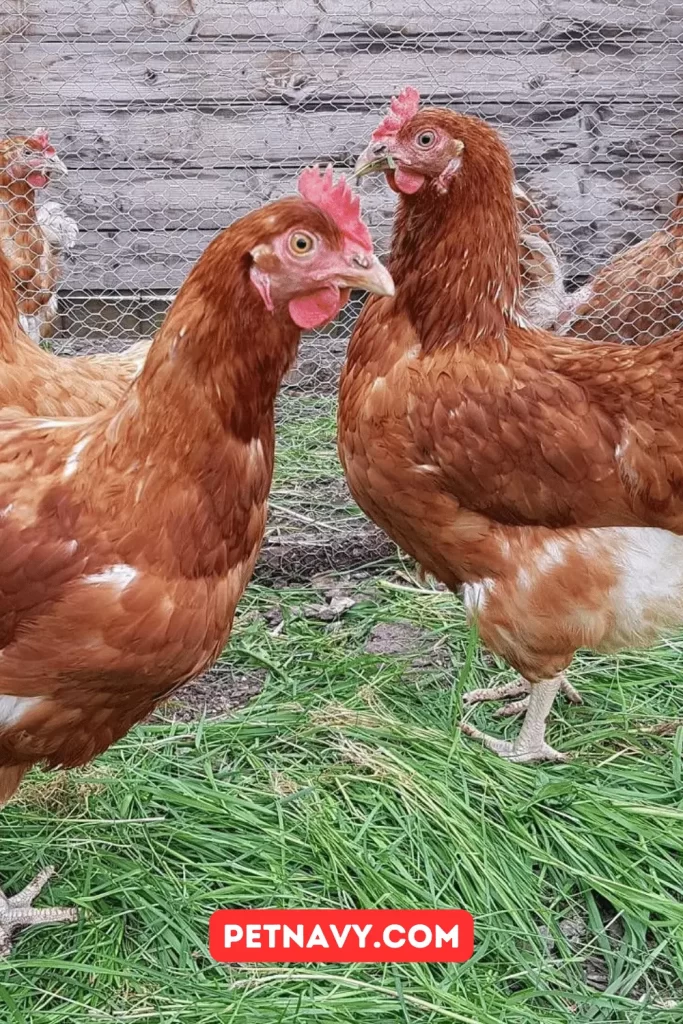
The Ginger Broiler, introduced by Murray’s, offers a solution for those seeking the rapid growth of the Cornish Cross without the accompanying health concerns. This breed stands out as a robust and efficient grower.
Reaching maturity in just 8 weeks, though they can be nurtured for longer, these birds typically weigh around 5 lbs. Their growth rate is comparable to the Cornish Cross, making them a top choice for those prioritizing growth speed.
Yet, their true strength lies in their resilience. With fewer health issues, a higher survival rate, and commendable foraging skills, the Ginger Broiler is a game-changer in poultry farming.
Jersey Giant: The Majestic Heritage Breed
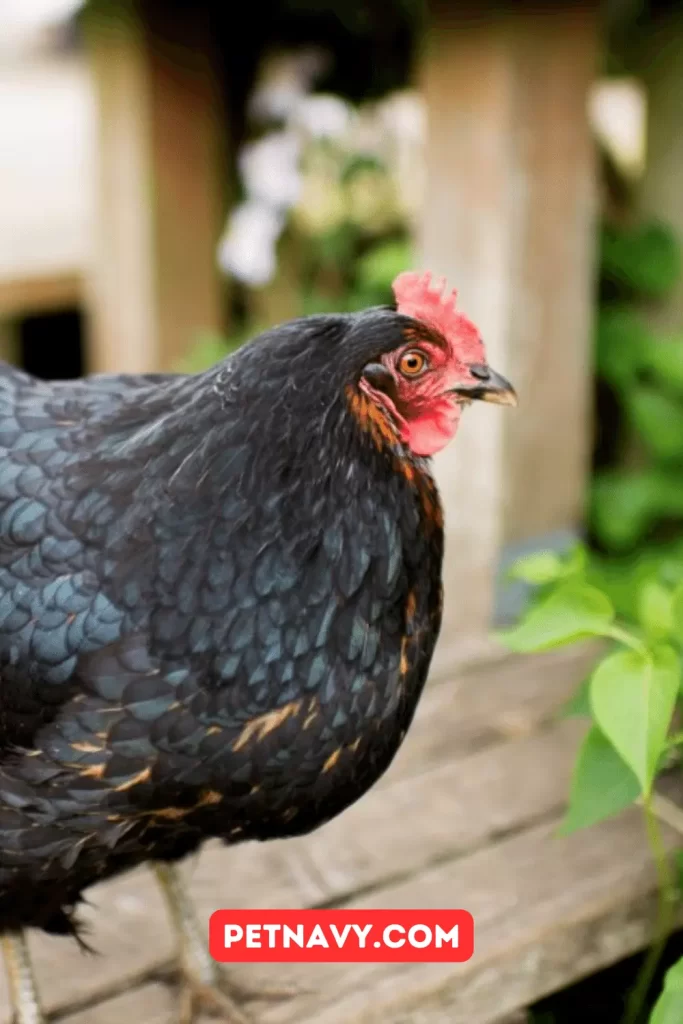
The Jersey Giant, true to its name, is a heritage breed that promises a grand-sized bird. While their growth pace is slower compared to other heavy breeds, patience rewards with a larger bird.
Recognized by the American Poultry Association in three distinct colors – black, white, and blue – these birds reach maturity at 20 weeks, weighing an impressive 10-13 lbs. Their size is complemented by their ability to lay a good number of eggs.
Beyond their size and egg-laying prowess, Jersey Giants are sustainable birds, often raising their own young. However, potential keepers should note their slower growth trajectory.
Orpington: The Dual-Purpose Delight
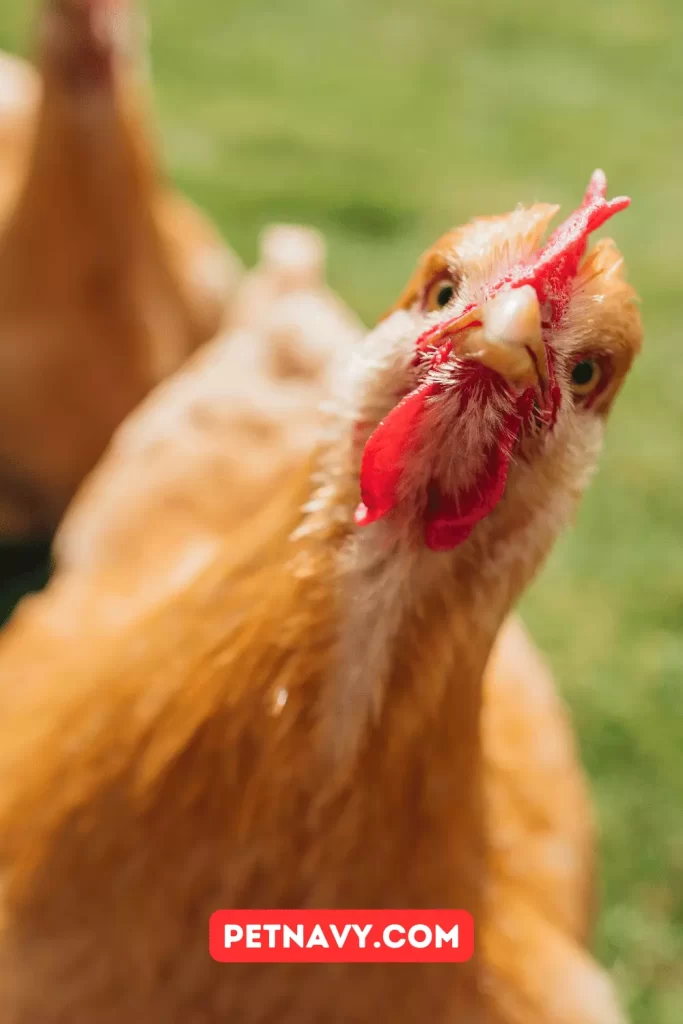
The Orpington stands out as a favored dual-purpose heritage breed, boasting a range of color variations. Especially adept in cold weather, they might require some assistance when temperatures rise.
Maturing between 20-22 weeks, these birds weigh in at a hearty 8-10 lbs. Their foraging skills, pleasant temperament, and prolific egg-laying abilities make them a top choice for many. If you’re seeking a cheerful bird that offers both eggs and meat, the Orpington might be your perfect match.
However, patience is key with this breed. Their slower growth rate means a longer wait, but many believe the rewards are well worth it.
Delaware: The Dual-Purpose Dynamo

Delaware chickens, a heritage breed, shine in free-range environments. Known for their prolific egg-laying and yielding a medium-sized table bird, they’re a versatile addition to any poultry collection.
Reaching maturity between 16-20 weeks, these birds typically weigh 6-8 lbs. For those seeking a faster-growing variant, McMurray’s Delaware Enhanced Broiler is worth considering. Their active foraging habits, dual-purpose nature, and amiable disposition make them a favorite among poultry enthusiasts.
However, potential keepers should note that the Delaware is on the smaller side compared to some other breeds. But what they lack in size, they make up for in character and utility.





